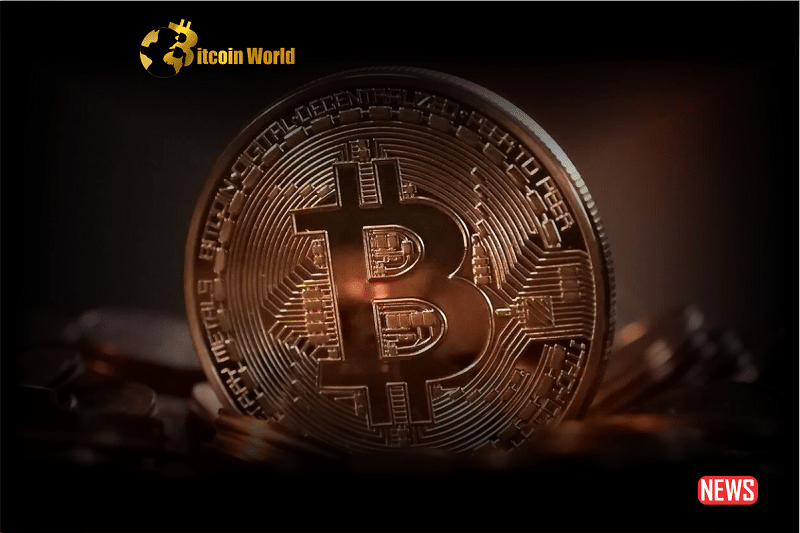Hold onto your hats, crypto enthusiasts! The second quarter of 2023 was nothing short of spectacular for Bitcoin miners. Imagine this: they collectively pocketed a staggering $184 million just from transaction fees. Yes, you read that right! That’s more than the entire transaction fee haul for the whole of 2022. Let’s dive into what fueled this incredible profit surge and what it means for the future of Bitcoin mining.
A Quarter for the Record Books: How Big Was the Boom?
The numbers speak for themselves. According to Coin Metrics, this $184 million figure represents a jaw-dropping 270% increase compared to the first quarter of 2023. To put it in perspective, it’s the first time since the second quarter of 2021 that quarterly transaction fees have blasted past the $100 million mark. Think of it as hitting a major milestone after a long climb!
What Sparked This Transaction Fee Frenzy?
So, what were the key ingredients in this recipe for success? Two main factors played a crucial role:
- Bitcoin’s Price Rally: As Bitcoin’s value climbed, transaction fees naturally followed suit. It’s a classic case of a rising tide lifting all boats.
- The BRC-20 Revolution: Enter BRC-20, a new token standard on the Bitcoin network. This innovation has unlocked new possibilities and boosted network activity, contributing significantly to the rise in transaction fees. Think of it as adding new lanes to a highway, allowing more traffic to flow.
Transaction Fees vs. Block Rewards: A Balancing Act
While $184 million is a significant chunk of change, it’s important to note that transaction fees still represent a relatively small portion of miners’ overall earnings. In Q2, they accounted for about 7.7% of the total $2.4 billion earned by miners. The lion’s share still comes from block rewards, which currently stand at 6.25 BTC for each block mined. However, the upcoming Bitcoin halving in May 2024, which will reduce the block reward to 3.125 BTC, will likely make transaction fees a more critical revenue stream for miners.
More Good News for Miners: Favorable Conditions
The good news didn’t stop there for Bitcoin miners in Q2. They also enjoyed a couple of significant wins:
- Tax Relief: The Biden administration’s decision to block the proposed Digital Asset Mining Energy tax was a major victory for the industry.
- Lower Electricity Costs: U.S.-based miners benefited from improving macroeconomic conditions, leading to lower electricity prices thanks to receding inflation. This is a huge factor, as electricity is a major operating expense for miners.
The Road Ahead: Challenges and Opportunities
Is it All Smooth Sailing?
While Q2 was a boom, the Bitcoin mining landscape is constantly evolving. The increasing hash rate, which reflects the overall computing power on the network, means the competition for mining rewards is fiercer than ever. Miners need to stay on their toes to remain profitable.
How Are Miners Adapting?
To stay competitive, miners are focusing on efficiency. Coin Metrics highlights the adoption of advanced ASICs (Application-Specific Integrated Circuits) like the S19 XP as a key factor in improving network efficiency. Think of it as upgrading their equipment to stay ahead in the race.
Key Takeaways for the Future of Bitcoin Mining
- Transaction Fees are Becoming Increasingly Important: With the upcoming halving, transaction fees will play a larger role in miners’ profitability.
- Innovation is Crucial: The introduction of BRC-20 demonstrates the potential for new technologies to impact miner revenue.
- Efficiency is Key to Survival: Miners must continue to adopt more efficient hardware and practices to thrive in a competitive environment.
- External Factors Matter: Regulatory decisions and macroeconomic conditions can significantly impact the mining industry.
In Conclusion: A Glimpse into a Profitable Future (with Challenges)
The second quarter of 2023 was a landmark period for Bitcoin miners, marked by record-breaking transaction fees. This surge underscores the growing value of the Bitcoin network and the potential of new token standards. While the future holds challenges like increased competition and the halving event, the Q2 success story demonstrates the resilience and adaptability of the Bitcoin mining industry. Miners who embrace innovation and prioritize efficiency are well-positioned to navigate the evolving landscape and continue contributing to the security and growth of the Bitcoin network.
Disclaimer: The information provided is not trading advice, Bitcoinworld.co.in holds no liability for any investments made based on the information provided on this page. We strongly recommend independent research and/or consultation with a qualified professional before making any investment decisions.


